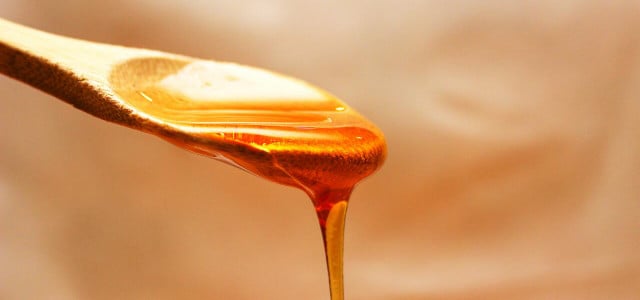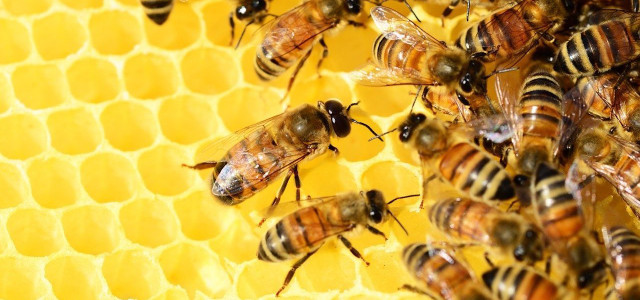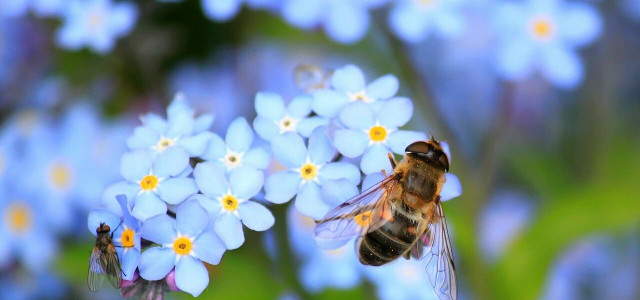What is raw honey, and why is it so much healthier for you than regular honey? From improved memory to better heart health, here’s what you need to know.
In the buzzing world of honeybees, these hardworking little creatures produce a golden treat that has been a staple in homes for generations: honey. Inside the complex structure of beehives, bees store this sweet delight as a vital source of sustenance.
Raw honey, the pure and unprocessed liquid straight from the hive, is a true testament to bees’ impressive handiwork. Carefully strained to remove any stray particles, it’s poured into airtight jars, preserving the natural goodness of this age-old treasure.
Honey’s rich history and versatile uses make it a favorite among DIY enthusiasts and homeowners alike. Ancient Stone Age paintings, dating back an impressive 8,000 years, even depict the use of honey, revealing its long-standing significance in human civilization.
Over time, honey’s popularity led to its commercialization and mass production. Modern, processed honey undergoes additional steps to improve its appearance and extend its shelf life. This transformation, however, raises questions: What is raw honey? And which version — raw or processed — offers the greatest health benefits? Let’s get to the facts.
What Is Raw Honey? Is It Made Differently?
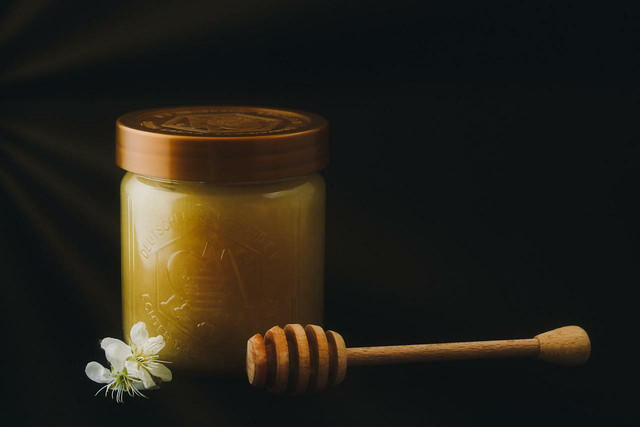
Raw honey, taken directly from the hive, undergoes no processing. It is only strained for debris — a different procedure from regular honey, which undergoes additional processing. Regular honey is pasteurized to extend shelf life and improve smoothness, while filtration removes particles for clarity and delays crystallization.
Various pasteurization and filtration methods are used worldwide, and the syrup is almost always considered honey afterward. However, ultrafiltration, which involves heating the honey, watering it down and forcing it at high pressure through tiny filters to remove all traces of pollen and generate a sweeter taste, is not considered by the U.S. Department of Agriculture (USDA) to be real honey. The USDA grades honey based on clarity.
Note: In the US, there is no rule that organic honey can’t be heated or processed. So, don’t assume that organic honey and raw honey are the same thing.
Health Benefits of Raw Honey
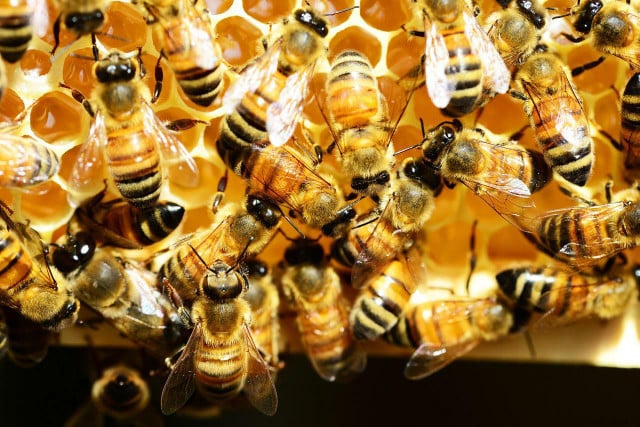


Research shows that raw honey can have antioxidant, antimicrobial, anti-inflammatory and anti-cancer effects. It may also have anti-depressant, anti-convulsant and anti-anxiety benefits. There is also evidence that honey can help improve memory and manage the following conditions:
- Cardiovascular disease
- Coughs and respiratory disorders
- Gastrointestinal disorders
- Wound management
- Neurological disease
These health benefits are usually attributed to potent raw honey varietals — such as Manuka honey — because they tend to be higher in antioxidants and nutrients. Many valuable chemicals are destroyed by processes like heating and filtering, so raw honey is usually preferred in medical situations.
Did you know? Bee pollen also produces powerful effects. It has anti-fungal, anti-microbial, anti-viral, anti-inflammatory and anti-cancer properties and can protect the liver and stimulate the immune system. However, honey processing removes most of the pollen, and the majority of the commercial brands tested in the US don’t have any.
Raw Honey vs. Regular Honey: Taste, Texture and Color
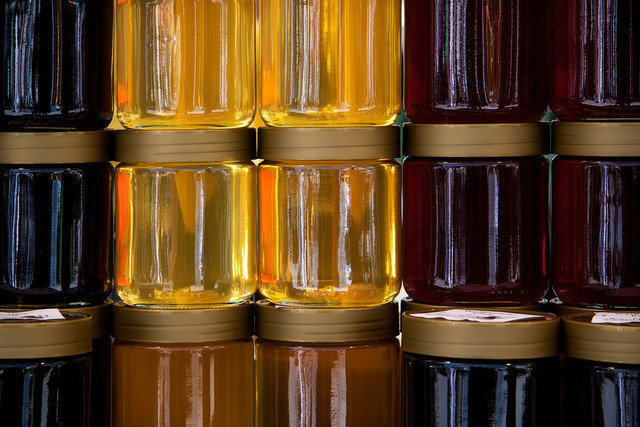


The differences in taste, color and texture between raw and regular honey stem from their processing methods.
Taste: As raw honey is unpasteurized, it retains unique flavors derived from specific floral sources, with tastes ranging from sweet to bitter or even sour, depending on the flowers bees collect nectar from. Regular honey, with its pasteurization and filtration, often results in a more uniform sweetness and loss of the subtle flavors specific to raw honey.
Color: Raw honey’s color varies from light gold to dark amber, reflecting the original floral sources. In contrast, regular honey is generally lighter and clearer due to the filtration process, which removes pollen and impurities.
Texture: Raw honey’s texture can differ from smooth to slightly gritty, as it retains its natural components. Regular honey has a consistently smooth and more transparent texture, as pasteurization and filtration remove impurities and some natural elements.
Tip: Raw honey may get hard and crystallize faster than its processed counterpart. To reverse crystallization, place the jar or bottle in warm water.
Find various raw honey options at stores, farmers’ markets, or online platforms like Amazon**, where you can purchase 100% raw, unfiltered honey.
Read more:
- Where Do Bees Go in Winter and Why?
- Dandelion Honey: How To Make This Sweet Syrup Yourself
- Bees Need Water – Help Them Out With a DIY Bee Waterer
Do you like this post?






